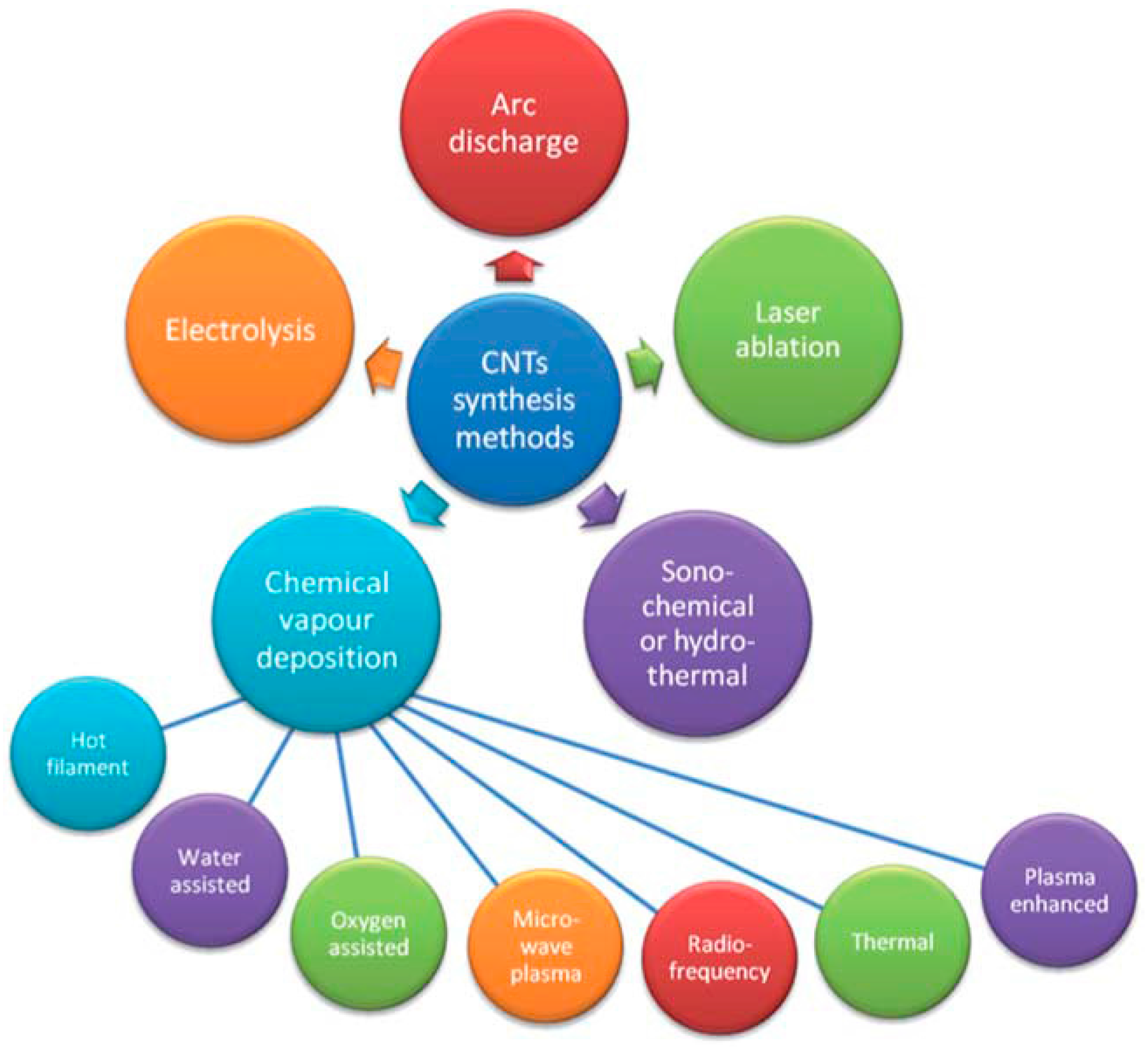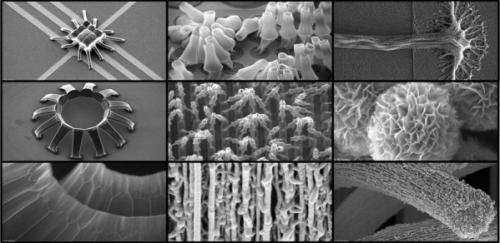Carbon Nanotubes Filter Paper

This paper discusses the potential use of multi walled carbon nanotubes mwcnts to improve the mechanical properties of short glass fiber composites.
Carbon nanotubes filter paper. Once the papers are formed now we have the adsorbent what we use to pull the contaminants out of water. Rogers redistributed the pure carbon nanotubes into thin papers akin to carbon copy paper. Rogers redistributed the pure carbon nanotubes into thin papers akin to carbon copy paper. The nanotube filters remained stable even after ultrasonic treatment showing the high mechanical stability of the assembled carbon architectures.
The process makes a porous buckypaper that can be tailored by changing the deposition parameters. The semiconducting tubes were subsequently incorporated into thin carbon paper like sheets which were used to filter tainted water. We have performed direct tensile tests on various. Thin papers 20 micron are difficult to remove from the filter support although binders or very long 50 micron carbon nanotubes make thinner free standing papers possible.
To date a large variety of materials on the basis carbon nanotubes cnt has been obtained among them ordered layers 1 nanocarbon fibers 2 3 bucky paper 4 5 modified electrodes 6 7 8. 1 the work could lead to new desalination. The filtration process works because carbon nanotubes dislike water he added. For the first time a bioinspired carbon nanotube cnt water filter has been made that can transport water faster than its biological counterparts.
This paper critically reviews the recent progress on the synthesis and applications of carbon nanotube cnt based membranes in water treatment. Carbon nanotubes cnts have recently attracted considerable attention for the synthesis of novel membranes with attractive features for water purification. Two methods to incorporate mwcnts in short glass fiber composite fabrication were examined. Rogers redistributed the pure carbon nanotubes into thin papers akin to carbon copy paper.













.png)










.jpg)




















